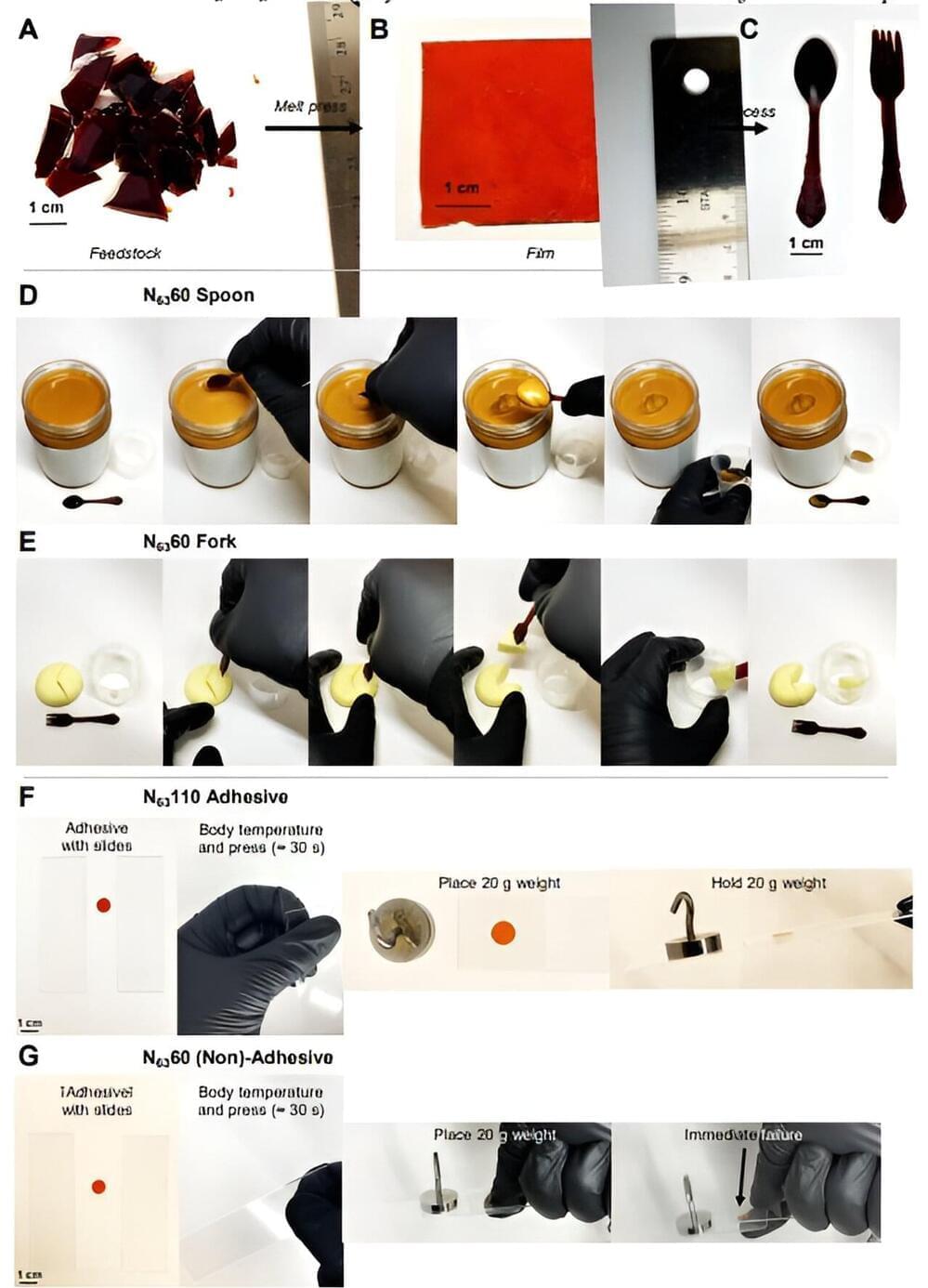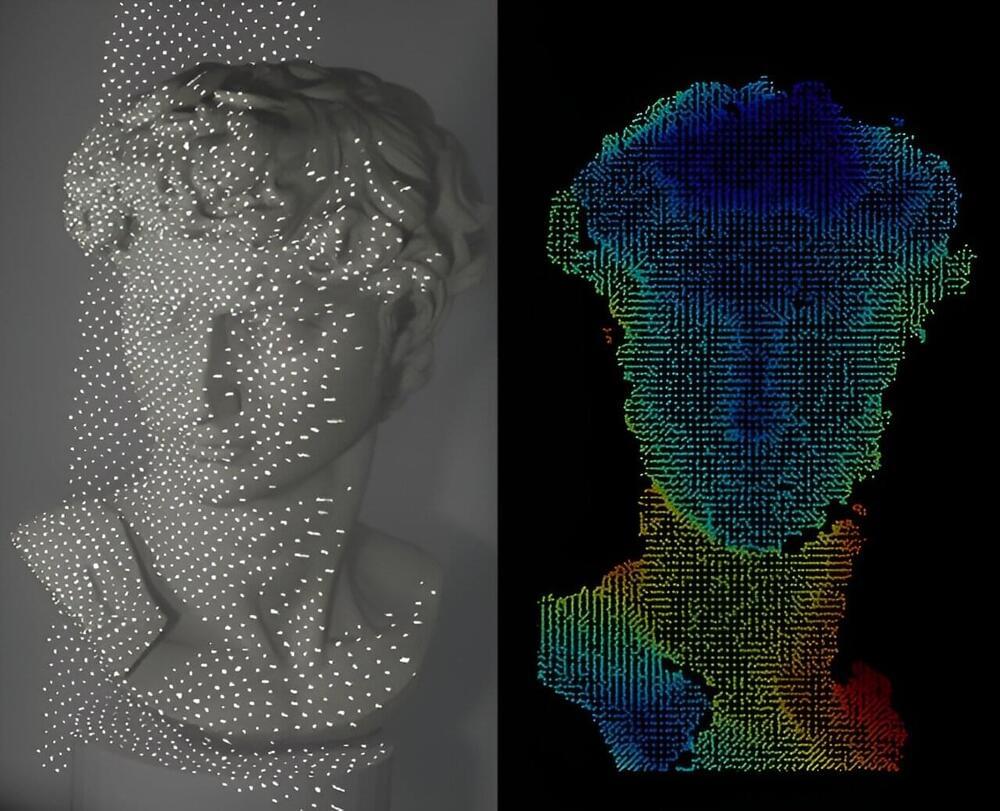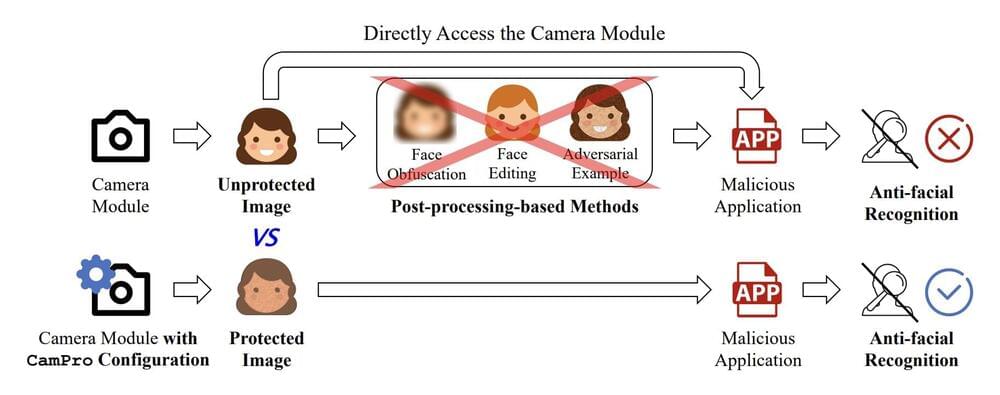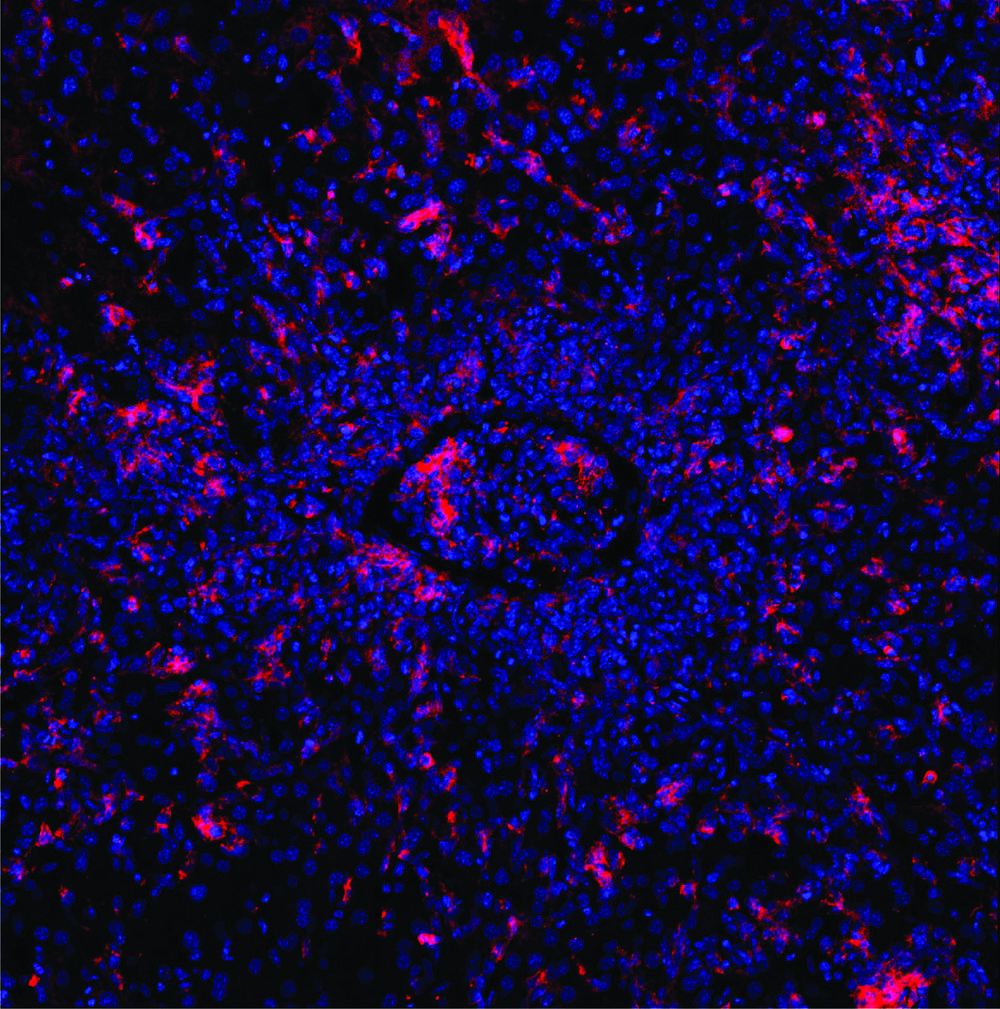An AI algorithm outperformed other screening methods in identifying cervical precancer. The approach could be especially valuable in low-resource settings.



In the animal kingdom, there are many grand examples of species that make sense of their world by expertly deciphering even weak signals from their surroundings.
An eagle soaring above the ground spies a river fish down below, about to swallow a bug; a hungry black bear smells a morsel of food two miles away in a dense thicket; a duck-billed platypus, swimming in a freshwater creek, closes its eyes and detects the electric impulses of a tasty tadpole nearby.
Then there are the pit vipers.
Baolong Zhang showcased a stunning recreation of the world’s most famous blonde.

A team of astronomers, led by Arizona State University Assistant Research Scientist Tim Carleton, has discovered a dwarf galaxy that appeared in James Webb Space Telescope imaging that wasn’t the primary observation target.
Galaxies are bound together by gravity and made up of stars and planets, with vast clouds of dust and gas as well as dark matter. Dwarf galaxies are the most abundant galaxies in the universe, and are by definition small with low luminosity. They have fewer than 100 million stars, while the Milky Way, for example, has nearly 200 billion stars.
Recent dwarf galaxy observations of the abundance of “ultra-diffuse galaxies” beyond the reach of previous large spectroscopic surveys suggest that our understanding of the dwarf galaxy population may be incomplete.

A team of molecular engineers have developed a type of plastic that can be shape-shifted using tempering. In their paper published in the journal Science the team, from the University of Chicago, with a colleagues from the US DEVCOM Army Research Laboratory, Aberdeen Proving Ground, the National Institutes of Standards and Technology and the NASA Glenn Research Center, describe how they made their plastic and how well it was able to shape shift when they applied various types of tempering.
Haley McAllister and Julia Kalow, with Northwestern University, have published a Perspective piece in the same issue of Science outlining the work.
Over the past several years, it has become evident that the use of plastics in products is harmful to not only the environment but also human health —bits of plastic have been found in the soil, the atmosphere, the oceans, and the human body.

An international team of linguistics experts has traced the origins of the most common modern sign languages using a computer model to compare them against one another. The research is published in the journal Science.
In this new effort, the research team noted that while studies have traced the linguistic history of written languages, little work has been done on the origin of sign languages. They state that there are more than 300 sign languages used by hearing-impaired people around the globe, and little is known about their origins or how they might have impacted one another.
Sign languages, like spoken and written languages, are unique to groups or cultures, with many corresponding to their written counterparts—there is a Spanish sign language, for example, and French, Spanish and Japanese.

Many people are familiar with facial recognition systems that unlock smartphones and game systems or allow access to our bank accounts online. But the current technology can require boxy projectors and lenses. Now, researchers report in Nano Letters a sleeker 3D surface imaging system with flatter, simplified optics. In proof-of-concept demonstrations, the new system recognized the face of Michelangelo’s David just as well as an existing smartphone system.
3D surface imaging is a common tool used in smartphone facial recognition, as well as in computer vision and autonomous driving. These systems typically consist of a dot projector that contains multiple components: a laser, lenses, a light guide and a diffractive optical element (DOE).
The DOE is a special kind of lens that breaks the laser beam into an array of about 32,000 infrared dots. So, when a person looks at a locked screen, the facial recognition system projects an array of dots onto most of their face, and the device’s camera reads the pattern created to confirm the identity. However, dot projector systems are relatively large for small devices such as smartphones. So, Yu-Heng Hong, Hao-Chung Kuo, Yao-Wei Huang and colleagues set out to develop a more compact facial recognition system that would be nearly flat and require less energy to operate.

Facial recognition systems, computational tools that can recognize individuals in images or video footage, are now widely employed worldwide. Some users and developers, however, have raised privacy-related concerns, as by definition facial recognition techniques rely on images that capture people’s faces. It is possible to use facial recognition techniques to identify the person by his/her face without authorization.
Some recent computer science studies have thus been exploring the possibility of preventing unauthorized facial recognition recognizing users by obfuscating, synthesizing or changing images, to increase the privacy of users. This field of research is now broadly referred to as anti-facial recognition (AFR).
Researchers at USSLAB at Zhejiang University recently developed CamPro, a new technique designed to achieve AFR at the camera sensor level, producing images that can protect users’ facial privacy without influencing other applications, such as activity recognition. Their paper, accepted by NDSS 2024 and pre-published on the arXiv preprint server, demonstrates their proposed technique using images taken by widely available cameras.

Some hereditary genetic defects cause an exaggerated immune response that can be fatal. Using the CRISPR-Cas9 gene-editing tool, such defects can be corrected, thus normalizing the immune response, as researchers led by Klaus Rajewsky from the Max Delbrück Center now report in Science Immunology.
Familial hemophagocytic lymphohistiocytosis (FHL) is a rare disease of the immune system that usually occurs in infants and young children under the age of 18 months. The condition is severe and has a high mortality rate. It is caused by various gene mutations that prevent cytotoxic T cells from functioning normally. These are a group of immune cells that kill virus–infected cells or otherwise altered cells.
If a child with FHL contracts a virus—such as the Epstein-Barr virus (EBV), but also other viruses—the cytotoxic T cells cannot eliminate the infected cells. Instead, the immune response gets out of control. This leads to a cytokine storm and an excessive inflammatory reaction that affects the entire organism.
